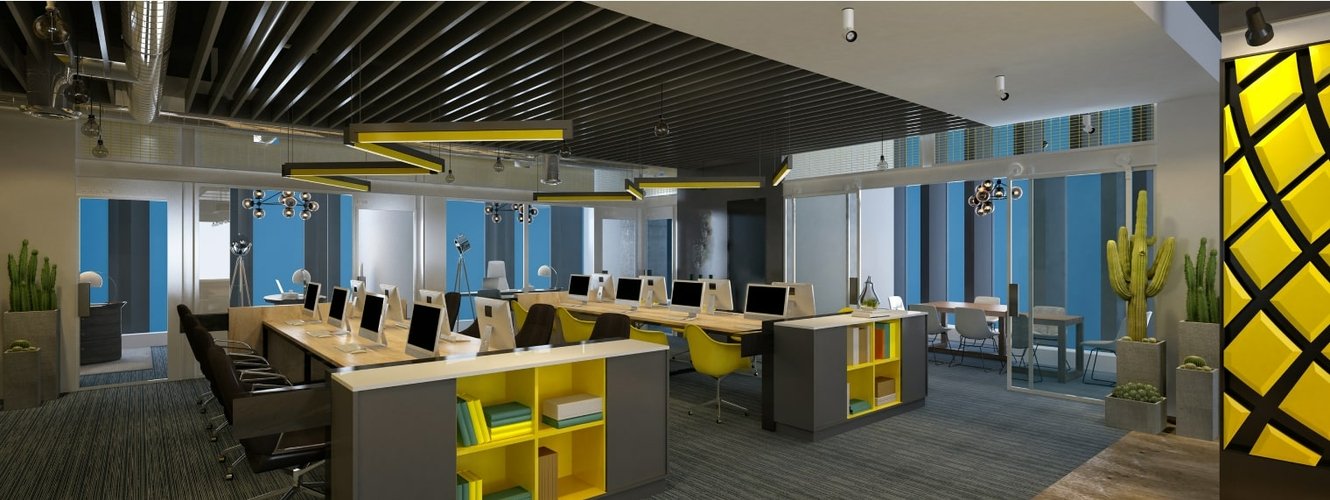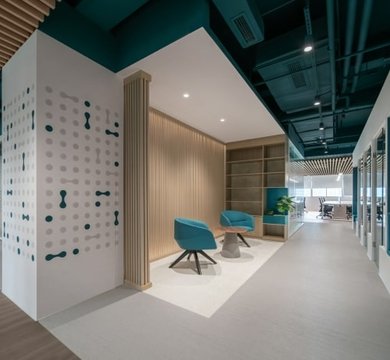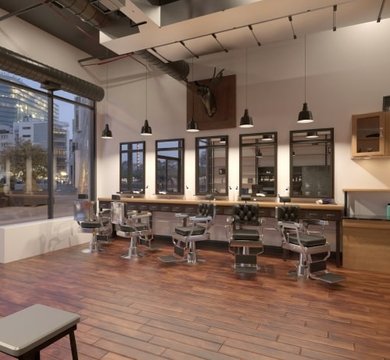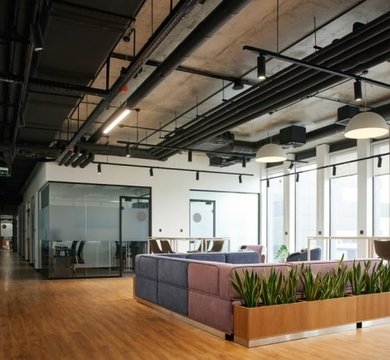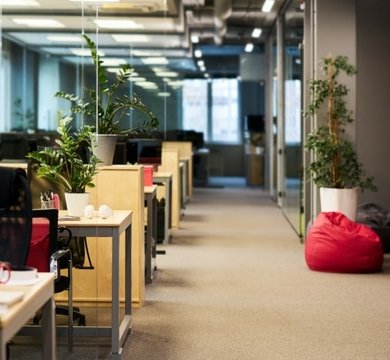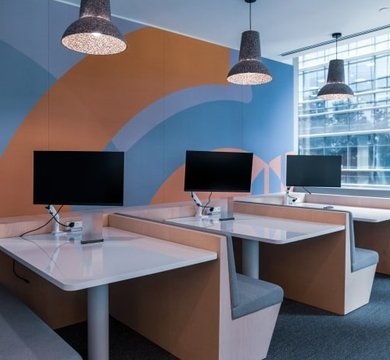An office fit out is the process of taking a shell of a new building or an existing workplace and remodelling it to suit the exact needs of a business.
Facets that are taken into account include the number of people in the workforce, how frequently they work in the premises, the type of business that’s commissioning the fit out, the style of working that the company practices or wants to adopt and the budget the owners have to spend.
Traditional office fit outs can be categorised on a sliding scale of detail, from those that work with something as scant as the frame of a building to a more aesthetic project concerned with style and branding.
As shop fitters and commercial refurbishment specialists, we frequently engage in Cat A and Cat B fit outs and, more increasingly, we are commissioned to undertake Cat A+ work. Don’t worry if all these acronyms are confusing – MPL has created this easy-to-understand Cat guide, which explains the most popular levels of fit outs available.
What is a Cat C Fit Out?
You may be familiar with what’s involved in a Cat A, a Cat B and even a Cat A+ fit out but do you know what makes a Cat C fit out different?
Cat C Fit Out Meaning/Definition
The emerging Cat C office fit out definition points to a style of refit that can mimic both Cat A and Cat B but with a greater emphasis on: the environmental credentials of the materials chosen; how sustainable an installation is; the ease of which elements can be dismantled and either moved to a new premises, recycled or repurposed; decreasing the amount of waste produced and reducing the carbon emissions created by all processes involved.
Where does a Cat C Fit Out Sit in the Circular Economy?
The advent of Cat C fit outs reflect a greater push to become carbon net zero. We are moving away from what is known as the linear economy (where items are used and disposed of) and even the recycling economy (where items are used, recycled but eventually find their way into landfill) in favour of the circular economy.
So what does the above have to do with commercial refurb around London and the South East and MPL’s interior office designer services?
The circular economy is about keeping existing resources in use for as long as possible, reducing waste and lowering the consumption of new materials. Sustainable consultancy Envision encapsulates the problem in office fit outs perfectly: “if a building has a typical lease length of 5 years, over a 60 year lifespan in an office/retail context, there will be potentially 11 new fitouts that would result in contributing an estimated 800,000kg of CO2 over its lifecycle.”
The matter of reducing waste and emissions in the building and fit out sector prompted the Government to release the ‘Circular Economy Package: Policy Statement’ in July 2020, with a legislative framework for minimising waste and promoting recycling.
What a Cat C Fit Out Can Include
A Cat C fit out is more about what is specified, how it’s installed and what’s reused rather than including or excluding certain elements.
For example a Cat C fit out can include raised floors and suspended ceilings, mechanical and electrical services, fire detection services and smoke alarms, air-conditioning and ventilation (HVAC), internal finishes, internal partitions, bespoke furniture, branded decor, specialised lighting, reception areas, meeting rooms, kitchen facilities and breakout spaces.
The Essential Elements of a Cat C Fit Out
Achieving a successful Cat C fit out relies on having a sustainable ethos, an ethical approach and a long-term vision. Some of the core elements include:
An Adaptable Layout
A good Cat C fit out should contain internal elements that are moveable and adaptable. Work pods that can be packed up and moved to another area or even to another office are a great example, as is the ability to reposition internal walls to reconfigure the space.
A Cat C fit out should also plan for today and anticipate for tomorrow to minimise the number of office moves a company may need to make. This could be a set of layout plans that allow for expansion or subletting, or a Plan B that would allow a workforce to switch to flexible or hybrid working patterns without having to refit.
Considered Lighting
When it comes to office illumination, the Technical Memorandum 66: Creating a circular economy in the lighting industry already exists. It’s an important framework when you consider that in the UK, only 8% of the 40,000 tonnes of commercial lighting equipment is recycled each year*. Lighting designers, specifiers and engineers can also use the Circular Economy Assessment Method (Specify) to compare two or more lighting products when working on a Cat C fit out.
*source EGG Lighting
Adopt a Less is More Attitude
Commercial office fitters executing a Cat C fit out should always seek to follow the ‘reduce, reuse, recycle’ mantra when looking to remodel an existing workplace. Efforts should be made to adapt existing elements to fit an incoming client, rather than ripping out and ordering new.
Invest in Longevity
Workplaces should be kitted out with well-made items that are aligned with the wider circular economy. As such Cat C fit out designers can choose to work with makers and designers who reuse materials, adapt existing items and use renewable energy sources.
Office furniture should be chosen for its durability and long life span, eschewing anything that’s cheap, cheerful and likely to end up in landfill pretty quickly. A circular economy Cat C fit out should also specify fixtures, fittings and furniture that can be repaired rather than discarded at the first signs of wear.
Cat C Fit Out Without Design Compromise
A Cat C fit out can be in surprisingly good tune with modern office design principles. Industrial-looking open plenum ceilings? They are on-trend and also avoid the manufacturing/installation of a new grid and tile ceiling. Are you a fan of birch ply or chipboard for that pared back Scandi look? Specify sustainable, untreated wood and you’ll be able to avoid the use of formaldehyde and other volatile organic compounds, especially if you forgo varnishes and stains.
Good design will increasingly be defined by the use of products that are made from recycled materials using renewable energy, and by the ability to reinvent existing office elements to reduce needless waste.
MPL Cat C Case Studies
Our work at No. 5 The Heights is the perfect example of a Cat B fit out that has strong Cat C fit out elements. The incoming tenant asked MPL to fit out the space to its exact requirements.
As well as an overriding biophilic design, sustainability was underpinned by a tightly-curated list of fixtures, fittings and aesthetic treatments. Emphasis was on the use of recycled materials, with the client requesting to see the green credentials of each supplier.

